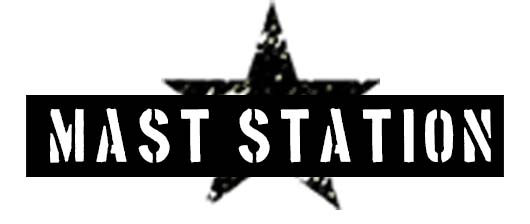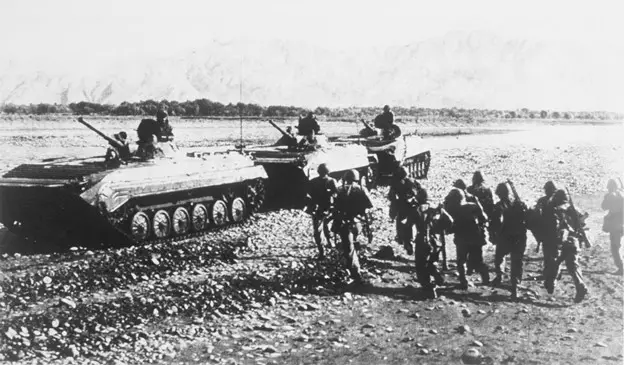Afghanistan War, in general struggle in Afghanistan starting in 2001 that was set off by the September 11 assaults and contained three stages. The central stage—disturbing the Taliban (the moderate political and demanding get-together that addressed Afghanistan and gave safe space to al-Qaeda, wrongdoers of the September 11 assaults)— was brief, enduring only two months. The resulting stage, from 2002 until 2008, was discrete by a U.S. course of action of overcoming the Taliban militarily and changing the center foundations of the Afghan state. The third stage, a go-to honorable counterinsurgency resolution, started in 2008 and sped up with U.S. Pres. Barack Obama’s 2009 choice to immediately expand the U.S. troop presence in Afghanistan. The more prominent power was utilized to do a technique of shielding everybody from Taliban assaults and supporting endeavors to reintegrate radicals into Afghan culture. The technique came got together with a plan for the withdrawal of the new powers from Afghanistan; starting in 2011, security commitments would be continually offered over to the Afghan military and police. The new methodology by and large neglects to accomplish its core interests. Guerilla assaults and normal inhabitant challenges remained positively high, while incalculable the Afghan military and police units tolerating control over security responsibilities transmitted an impression of being not all-around set up to hold off the Taliban. Right when the U.S. addition, the NATO battle mission officially finished in December 2014, the 13-year Afghanistan War had become the longest conflict whenever battle by the United States.
The joint U.S. moreover, the British attack of Afghanistan in late 2001 was gone before by more than twenty years of battle in Afghanistan (see Afghan War). On December 24, 1979, Soviet tanks thundered across the Amu Darya River and into Afghanistan, obviously to reestablish sufficiency following a loss that brought to a couple of Marxist-Leninist political social events—the People’s (Khalq) Party and the Banner (Parcham) Party. Regardless, the Soviet presence ignited crosscountry rebelliousness by legends—known as the mujahideen—who drew upon Islam as a joining wellspring of motivation. These contenders won broad obscure sponsorship from Pakistan, Saudi Arabia, and the United States and were looked into their battle by new volunteers (who before long formed an affiliation, known as al-Qaeda, to work with their endeavors). The guerrilla battle against the Soviet powers incited their takeoff in 1989. In the Soviets’ nonattendance, the mujahideen removed Afghanistan’s Soviet-upheld government and set up a temporary government.
The mujahideen were politically isolated, notwithstanding, and in 1994 equipped fight expanded. The Taliban arose and in 1996 grasped Kabul. It composed a cutoff translation of Islamic law that, for instance, limited female direction and proposed the cutting off of hands, or even execution, as a control for immaterial encroachment. That very year, al-Qaeda pioneer Osama holder Laden was welcome to Afghanistan (having been taken out from Sudan) and set up his alliance’s base camp there. With al-Qaeda’s assistance, the Taliban won control of more than 90% of the Afghan region by the mid-year of 2001. On September 9 of that year, al-Qaeda hit men did the end of complimented mujahideen pioneer Ahmad Shah Masoud, who at the time was driving the Northern Alliance (a free conspiracy of mujahideen nonmilitary faculty military that kept up control of a little piece of northern Afghanistan) as it struggled the Taliban and who had inefficiently looked for more critical U.S. backing for his endeavors.
The September 11 Attacks And The U.S.- British Invasion:
The seizing and beating of four U.S. jetliners on September 11, 2001, passed on second care concerning Afghanistan. The plot had been conveyed by al-Qaeda, and a portion of the 19 criminals had organized in Afghanistan. In the repercussions of the assaults, the relationship of U.S. Pres. George W. Thorn mixed around a methodology of first killing the Taliban from Afghanistan and destroying al-Qaeda, at any rate, others thought about practices in Iraq, including long-standing designs for chopping down Pres. Saddam Hussein. Hedge referenced that Taliban manager Mullah Mohammed Omar “give to [the] United States specialists the entirety of the heads of al-Qaeda who cover in your area,” and when Omar denied, U.S. experts started finishing a blueprint for war.
A concentrated manhunt for Omar, holder Laden, and al-Qaeda VP Ayman al-Zawahiri was embraced. Going before the butchering of canister Laden by U.S. powers in 2011 (see under), the Americans were recognized to have come nearest to compartment Laden in the December 2001 conflict of Tora Bora (holder Laden’s mountain fortress). In any case, holder Laden was thought to have figured out some approach to have slipped into Pakistan with the assistance of Afghan and Pakistani powers that were the degree that anyone knows helping the Americans. Academics later kept an eye on why the U.S. military had permitted Afghan powers to lead the attack on the sinkhole complex at Tora Bora as opposed to doing it without anyone’s help. (No ifs, ands or buts, Democratic authority up-and-comer Sen. John Kerry made this assessment over and over during the 2004 general political race.) Al-Qaeda, therefore, restored its headquarters in the genealogical districts that structure Pakistan’s northwest breaking point with Afghanistan. Omar and his top Taliban lieutenants got settled and around the Pakistani city of Quetta, in the unavailable southwestern region of Balochistān. One of the last basic struggles of the imperative season of the conflict came in March 2002 with Operation Anaconda in the eastern area of Pakistan, which included the U.S. moreover, Afghan powers doing battling unequivocally 800 al-Qaeda and Taliban aggressors. The activity also demonstrated the segment of other nations’ champions into the dispute: excellent tasks powers from Australia, Canada, Denmark, France, Germany, and Norway partook.

